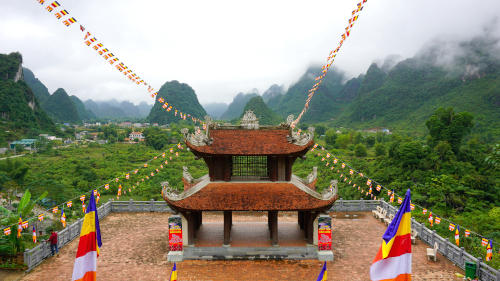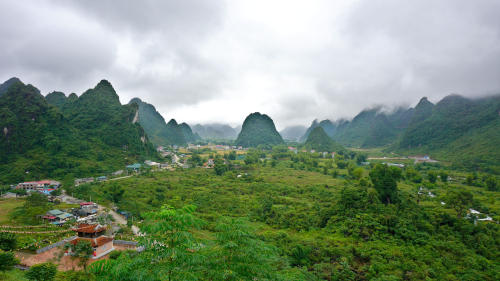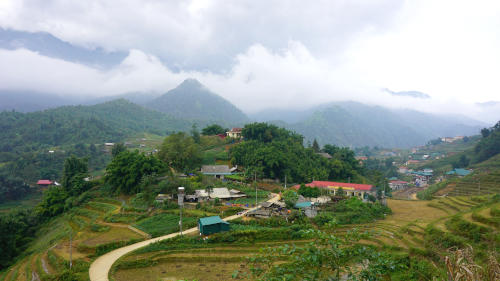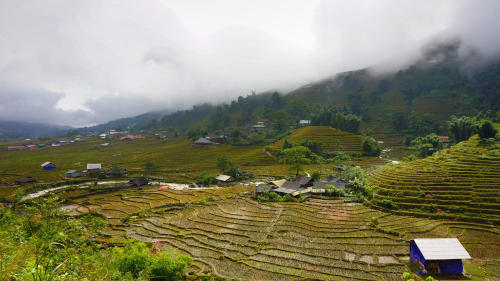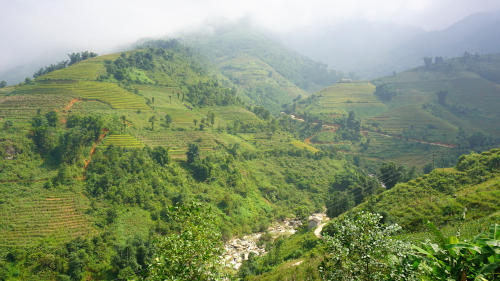Southeast Asia
Myanmar, 2017
The Burmese people are among the friendliest people I have visited during my travels around the world. From major cities such as Mandalay and Yangon; holy places and Buddhist temples; the majestic ruins of the ancient city of Bagan; and rural villages, brief eye contact was met with a warm smile. I have never felt threatened anywhere I have traveled, or had a reason to feal fear. However, I have never felt as at ease as I did during my two weeks in Myanmar. If anyone ever asked what I liked most about Myanmar, I would not hesitate to say the people.
Mandalay and Yangon are major metropolitan centers, but with the exception of traffic jams, these cities have a certain calm vibe to them. Mandalay is a bustling, and an interesting, but sometimes challenging city to walk around. But nearly everywhere I walked in Mandalay, I was greeted with a smile on several occasions. With interesting sights, sounds, and hospitable people, Mandalay is a great city to visit. Yangon, the current capital of Myanmar, has many great sights for visitors. However, the city is not pedestrian-friendly, and the traffic is very bad in much of the city.
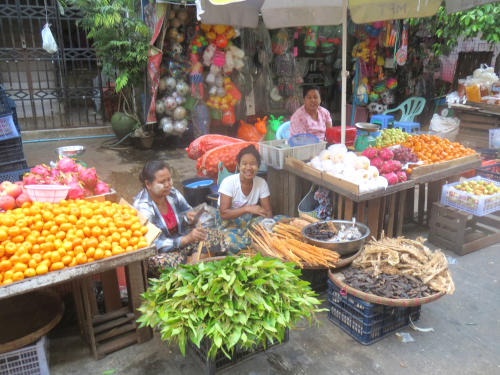
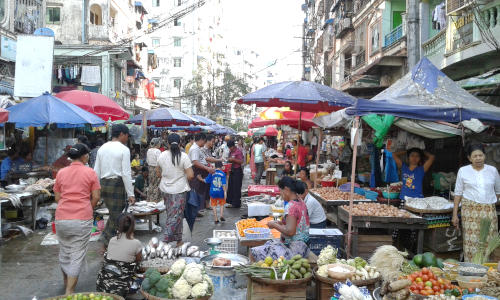
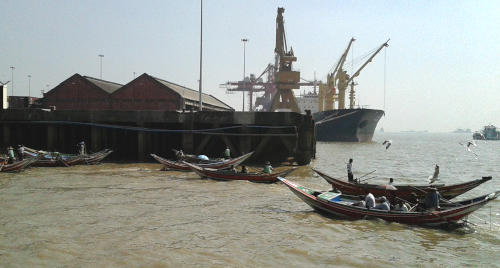
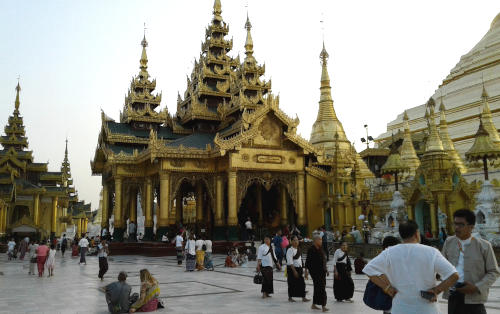

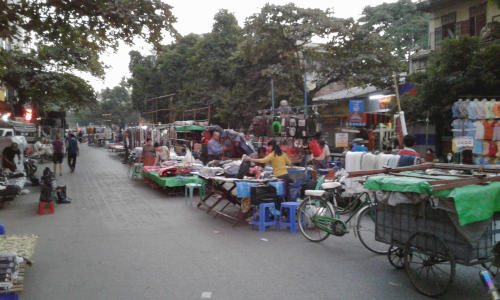
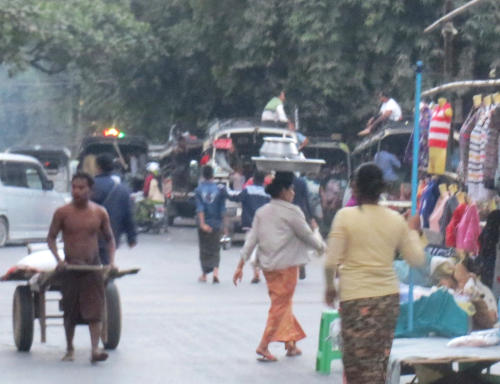
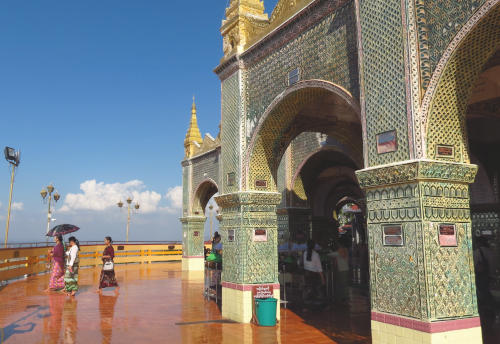


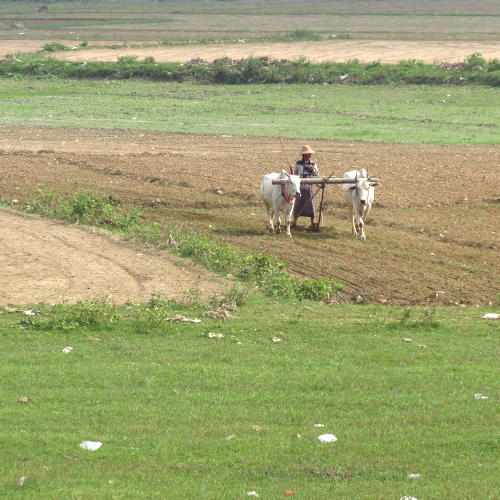

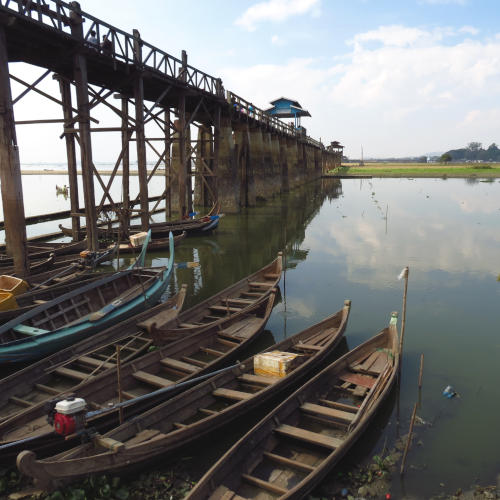
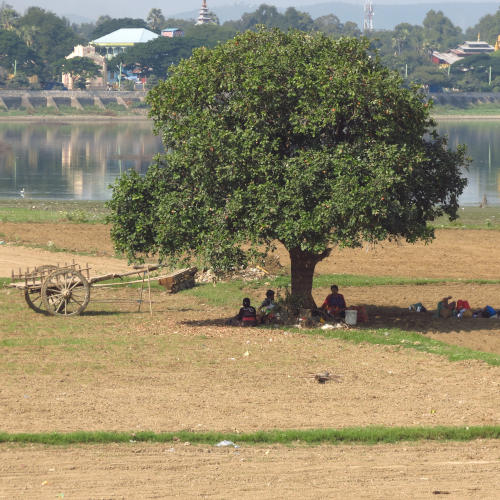
Bagan, known as Pagan during its heyday, was the capital of the ancient Kingdom of Pagan. Bustling with an estimated 50,000 – 200,000 people, and being the seat of a great power in the region, rulers engaged in ambitious temple projects, over a 200 year period. By the 13th century, the city boasted over 10,000 temples.
In our own, the powerful Kingdom of Pagan is long gone, and Bagan itself has been mostly abandon for centuries. However, people from surrounding villages still use some of the surviving temples, and remarkably, over 2,000 temples are still standing, and can be visited by tourists today.
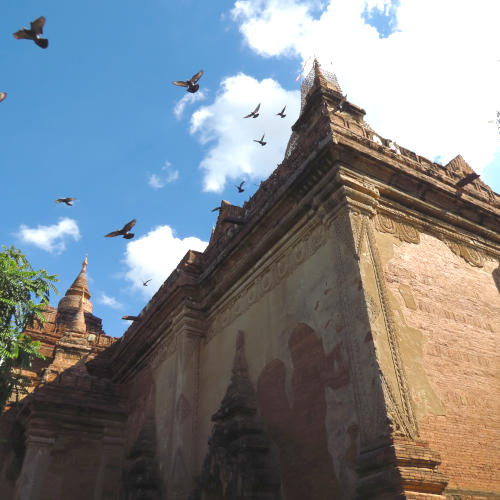

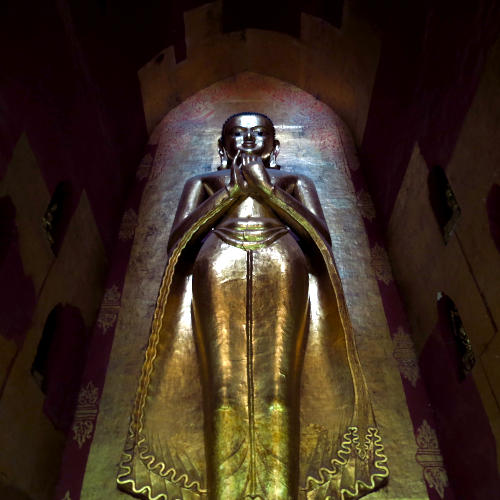


Cambodia, 2015
Cambodia has a rich culture and history that spans several millennia. Over that time, the Cambodian people have experienced the benefits of empire-building, and the consequences of stagnation and collapse of such enterprises.
In recent times, the people of Cambodia endured murderous regimes, suffered as one of many pawns during the Cold War between the United States and the Soviet Union, as well as over two decades of civil war, which finally ended in 1998.
While scares remain, in just a mere seventeen years following the cessation of decades of war and civil strife, my first impressions suggested that Cambodia is a country that is rapidly moving forward in the 21st century.
The two highlights of my trip was my visit to Siem Reap and Tonle Sap Lake; the heart of the medieval Khmer Empire and predecessor state of modern Cambodia. For me, the highlight of the trip consisted of my tour of the magnificent medieval Angkor Wat temple complex and city just outside Siem Reap. Nearly a thousand years old, what amazed me the most was how well preserved the original structure is.
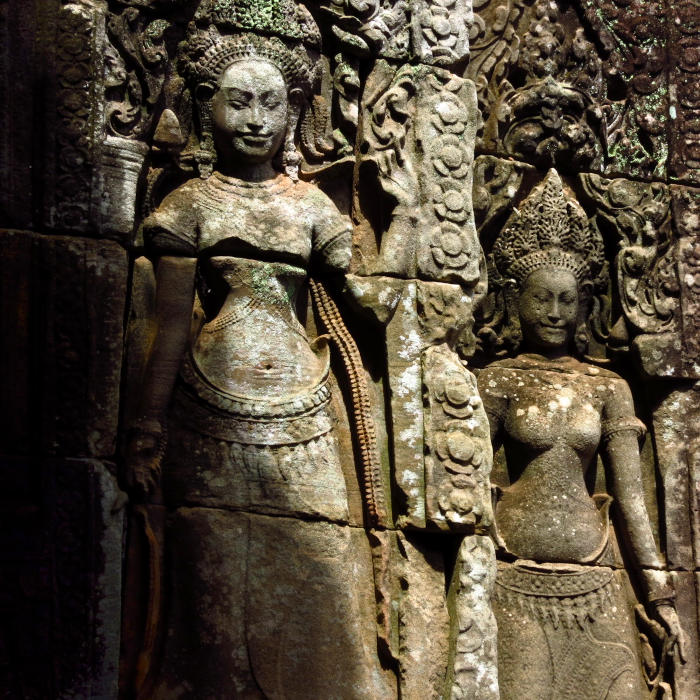

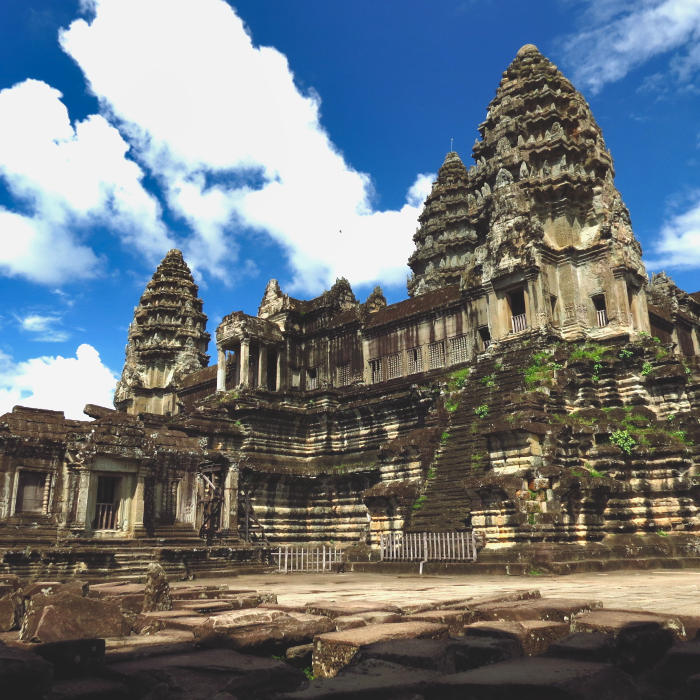
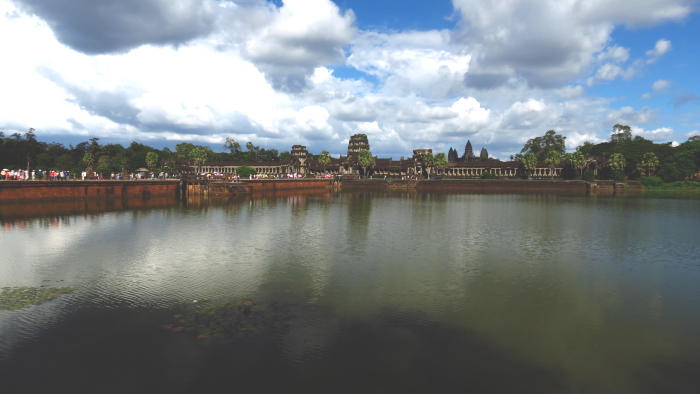

Phenom Phen has both traditional, bazaar types markets, were one can haggle with individual sellers for potentially great deals, as well as more modern style shopping malls. The capital also has a growing river-front district, the stretches for several kilometers along the Siem Reap River.

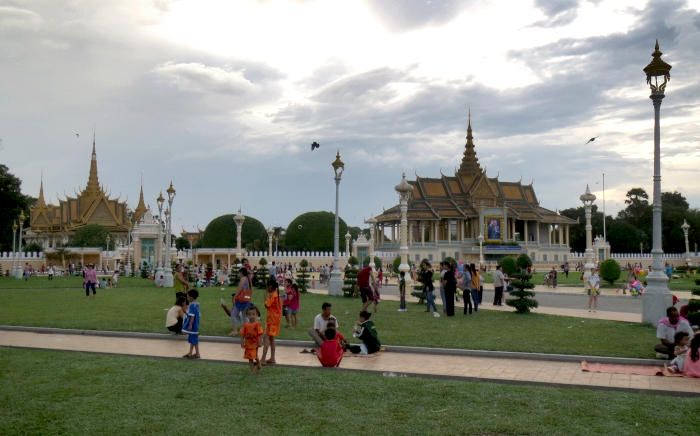
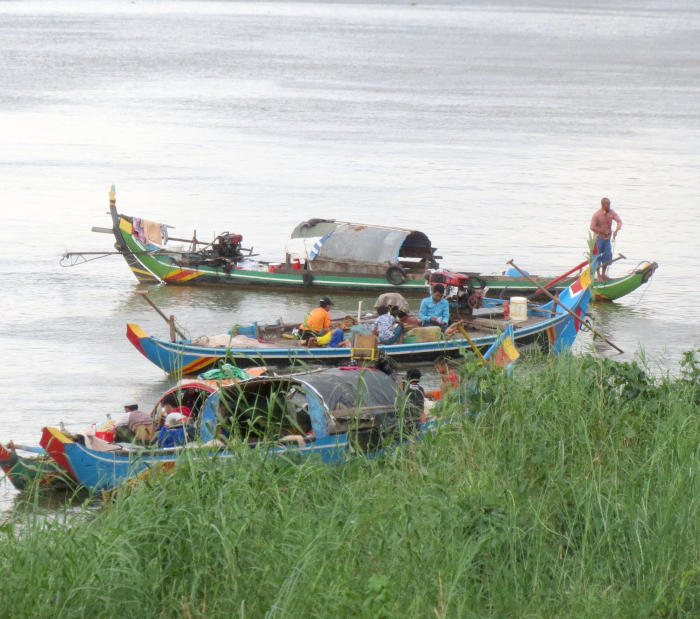

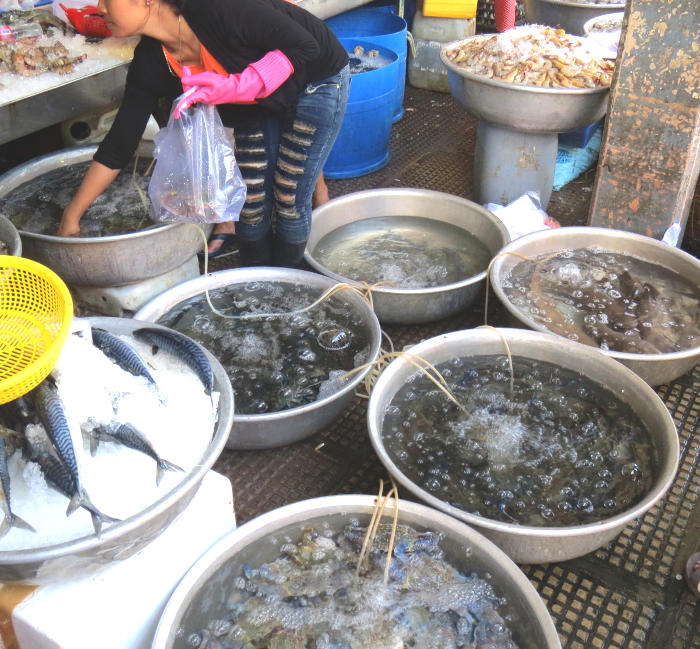
The second highlight of my trip consisted of my tour of the Tonle Sap Lake, which over 80,000 Cambodians call home. Cambodians do not just live on the shores of the lake itself. Many Cambodians live on the lake itself on floating villages. Depending on population, these floating villages have schools, workshops, small factories, consumer shops, as well as many family homes.

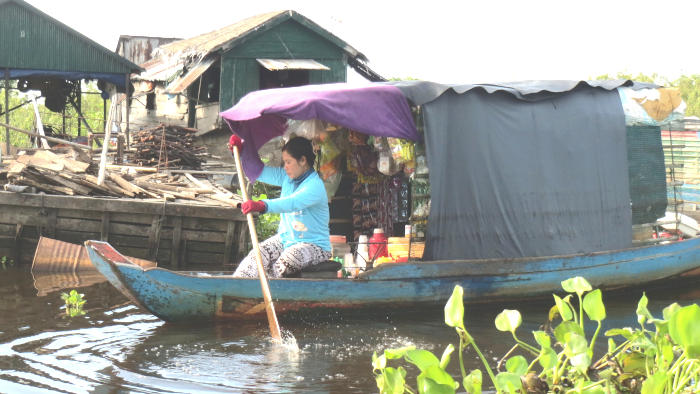
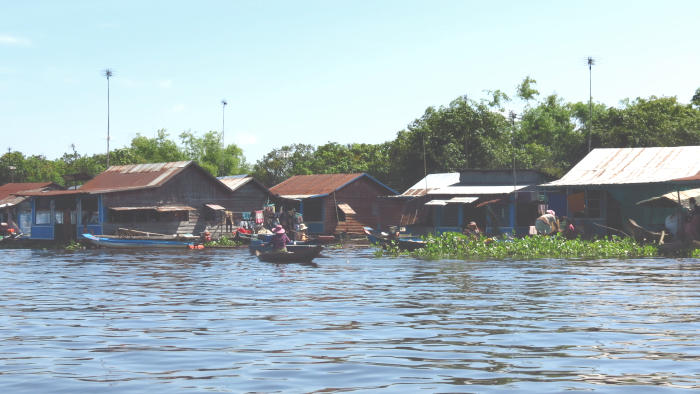
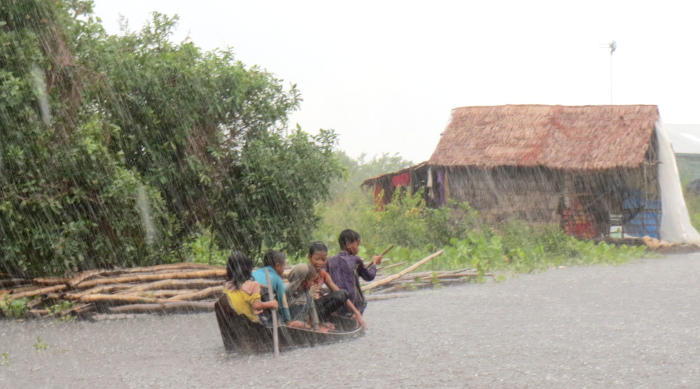
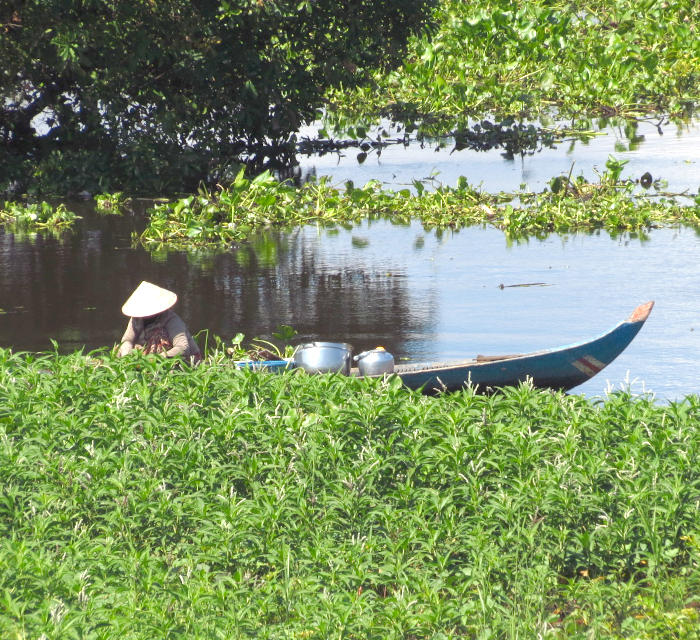
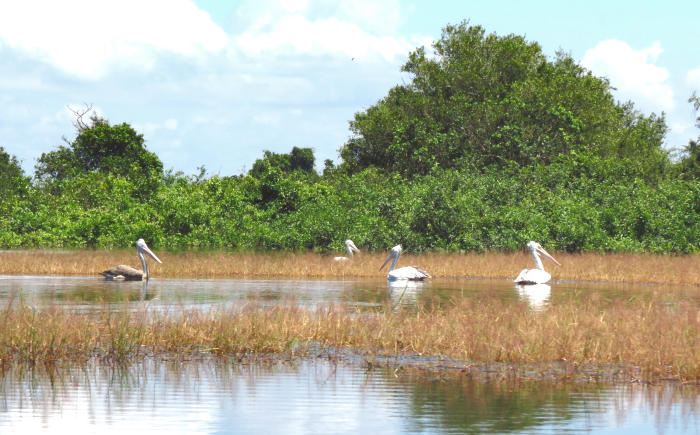

Vietnam, 2015; 2018
In the winter of 2015, I spent three weeks in Vietnam. I began my tour in Ho Chi Minh City, formerly Saigon, situated in southern Vietnam. From Ho Chi Minh city, I slowly made my way north to central Vietnam, visiting Hoi An, Mỹ Sơn, and Da Nang. From central Vietnam, I spent the third week in Hanoi, the capital of Vietnam.
During my three week tours, I caught of glimpse of both urban and rural life in Vietnam. Ho Chi Minh City, Da Nang, and Hanoi are thriving metropolises. Each had a character of its own. I felt that Ho Chi Minh City had a more laid back atmosphere for such a large city. I was only in Da Nang for a day, but it felt very “modern”. In spite of this, the highlight there was taking a stroll along the beach and watching the many fishermen in the coracle boats preparing the day’s catch, as Vietnamese fishermen have been doing for many centuries.
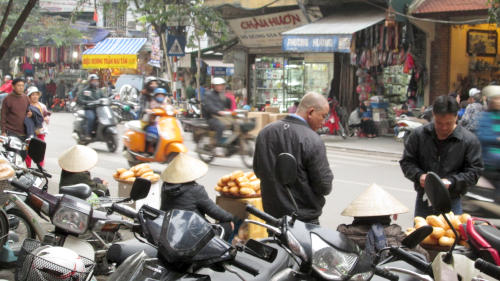
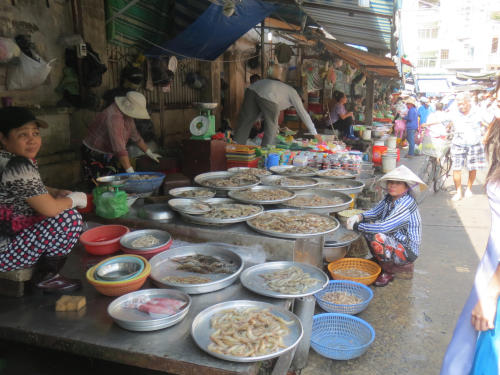
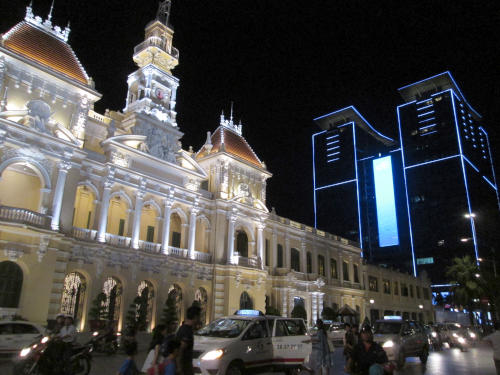
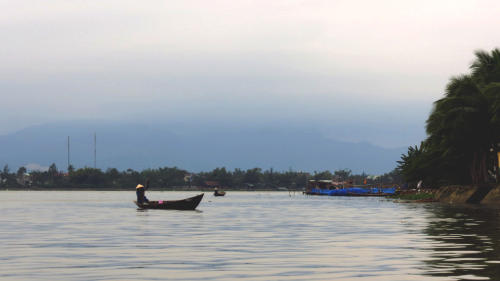
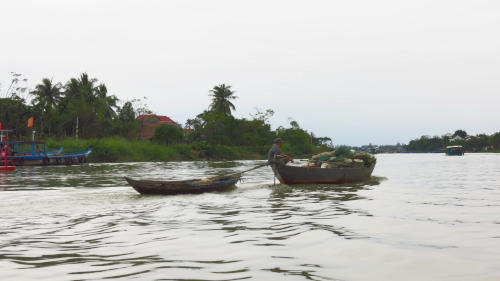


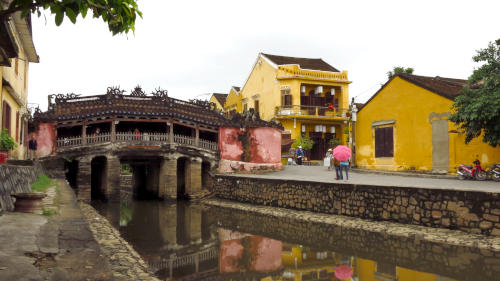
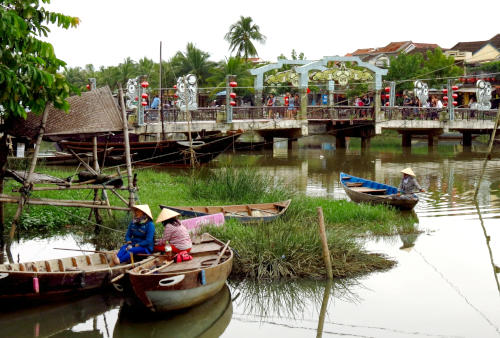
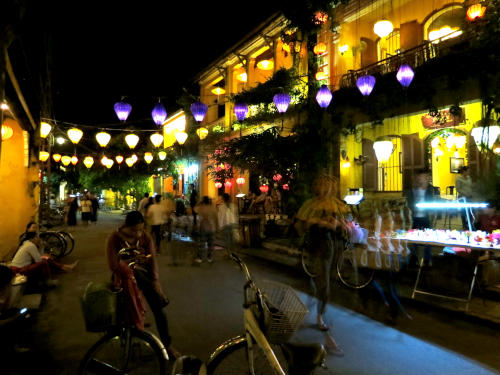
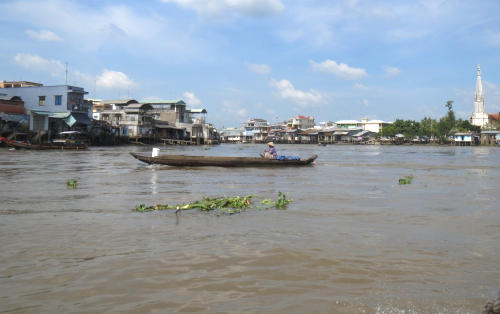
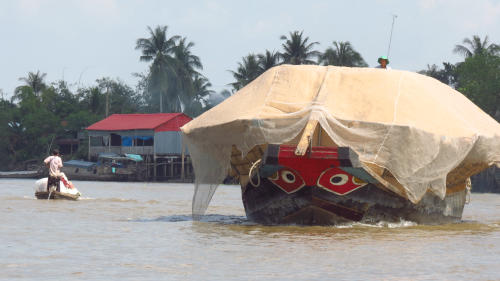
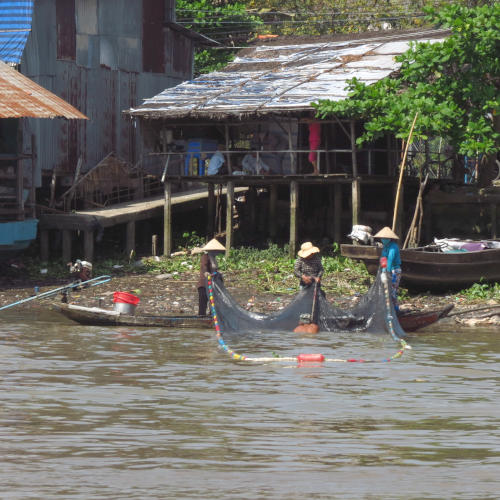

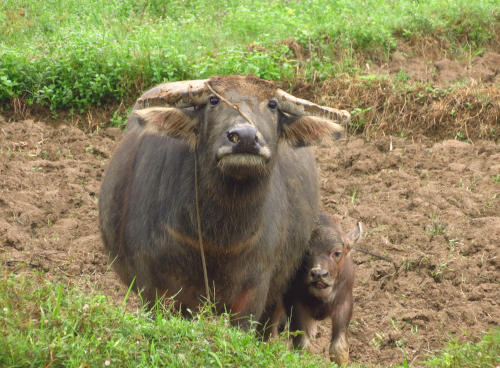
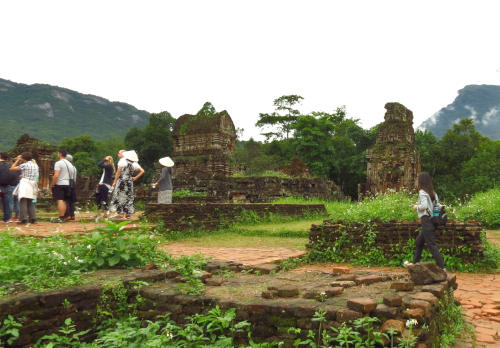

In the winter of 2018, I returned to Vietnam for another three weeks; this time focusing on the northern region of the country, including Ban Gioc, Sapa, and Halong Bay. I recall being stuck by the beauty of this region, with its lush vegetation, and terraced rice paddies. The region was studded throughout by steep mountain plateaus that reach to the sky and cut through the clouds. It created a feeling of a fantasy novel come to life
Myanmar, 2017
The Burmese people are among the friendliest people I have visited during my travels around the world. From major cities such as Mandalay and Yangon; holy places and Buddhist temples; the majestic ruins of the ancient city of Bagan; and rural villages, brief eye contact was met with a warm smile. I have never felt threatened anywhere I have traveled, or had a reason to feal fear. However, I have never felt as at ease as I did during my two weeks in Myanmar. If anyone ever asked what I liked most about Myanmar, I would not hesitate to say the people.
Mandalay and Yangon are major metropolitan centers, but with the exception of traffic jams, these cities have a certain calm vibe to them. Mandalay is a bustling, and an interesting, but sometimes challenging city to walk around. But nearly everywhere I walked in Mandalay, I was greeted with a smile on several occasions. With interesting sights, sounds, and hospitable people, Mandalay is a great city to visit. Yangon, the current capital of Myanmar, has many great sights for visitors. However, the city is not pedestrian-friendly, and the traffic is very bad in much of the city.
Bagan, known as Pagan during its heyday, was the capital of the ancient Kingdom of Pagan. Bustling with an estimated 50,000 – 200,000 people, and being the seat of a great power in the region, rulers engaged in ambitious temple projects, over a 200 year period. By the 13th century, the city boasted over 10,000 temples.
In our own, the powerful Kingdom of Pagan is long gone, and Bagan itself has been mostly abandon for centuries. However, people from surrounding villages still use some of the surviving temples, and remarkably, over 2,000 temples are still standing, and can be visited by tourists today.
Cambodia has a rich culture and history that spans several millennia. Over that time, the Cambodian people have experienced the benefits of empire-building, and the consequences of stagnation and collapse of such enterprises.
In recent times, the people of Cambodia endured murderous regimes, suffered as one of many pawns during the Cold War between the United States and the Soviet Union, as well as over two decades of civil war, which finally ended in 1998.
While scares remain, in just a mere seventeen years following the cessation of decades of war and civil strife, my first impressions suggested that Cambodia is a country that is rapidly moving forward in the 21st century.
The two highlights of my trip was my visit to Siem Reap and Tonle Sap Lake; the heart of the medieval Khmer Empire and predecessor state of modern Cambodia. For me, the highlight of the trip consisted of my tour of the magnificent medieval Angkor Wat temple complex and city just outside Siem Reap. Nearly a thousand years old, what amazed me the most was how well preserved the original structure is.
Phenom Phen has both traditional, bazaar types markets, were one can haggle with individual sellers for potentially great deals, as well as more modern style shopping malls. The capital also has a growing river-front district, the stretches for several kilometers along the Siem Reap River.
The second highlight of my trip consisted of my tour of the Tonle Sap Lake, which over 80,000 Cambodians call home. Cambodians do not just live on the shores of the lake itself. Many Cambodians live on the lake itself on floating villages. Depending on population, these floating villages have schools, workshops, small factories, consumer shops, as well as many family homes.
In the winter of 2015, I spent three weeks in Vietnam. I began my tour in Ho Chi Minh City, formerly Saigon, situated in southern Vietnam. From Ho Chi Minh city, I slowly made my way north to central Vietnam, visiting Hoi An, Mỹ Sơn, and Da Nang. From central Vietnam, I spent the third week in Hanoi, the capital of Vietnam.
During my three week tours, I caught of glimpse of both urban and rural life in Vietnam. Ho Chi Minh City, Da Nang, and Hanoi are thriving metropolises. Each had a character of its own. I felt that Ho Chi Minh City had a more laid back atmosphere for such a large city. I was only in Da Nang for a day, but it felt very “modern”. In spite of this, the highlight there was taking a stroll along the beach and watching the many fishermen in the coracle boats preparing the day’s catch, as Vietnamese fishermen have been doing for many centuries.
In the winter of 2018, I returned to Vietnam for another three weeks; this time focusing on the northern region of the country, including Ban Gioc, Sapa, and Halong Bay. I recall being stuck by the beauty of this region, with its lush vegetation, and terraced rice paddies. The region was studded throughout by steep mountain plateaus that reach to the sky and cut through the clouds. It created a feeling of a fantasy novel come to life


















Cambodia, 2015

















Vietnam, 2015; 2018

















